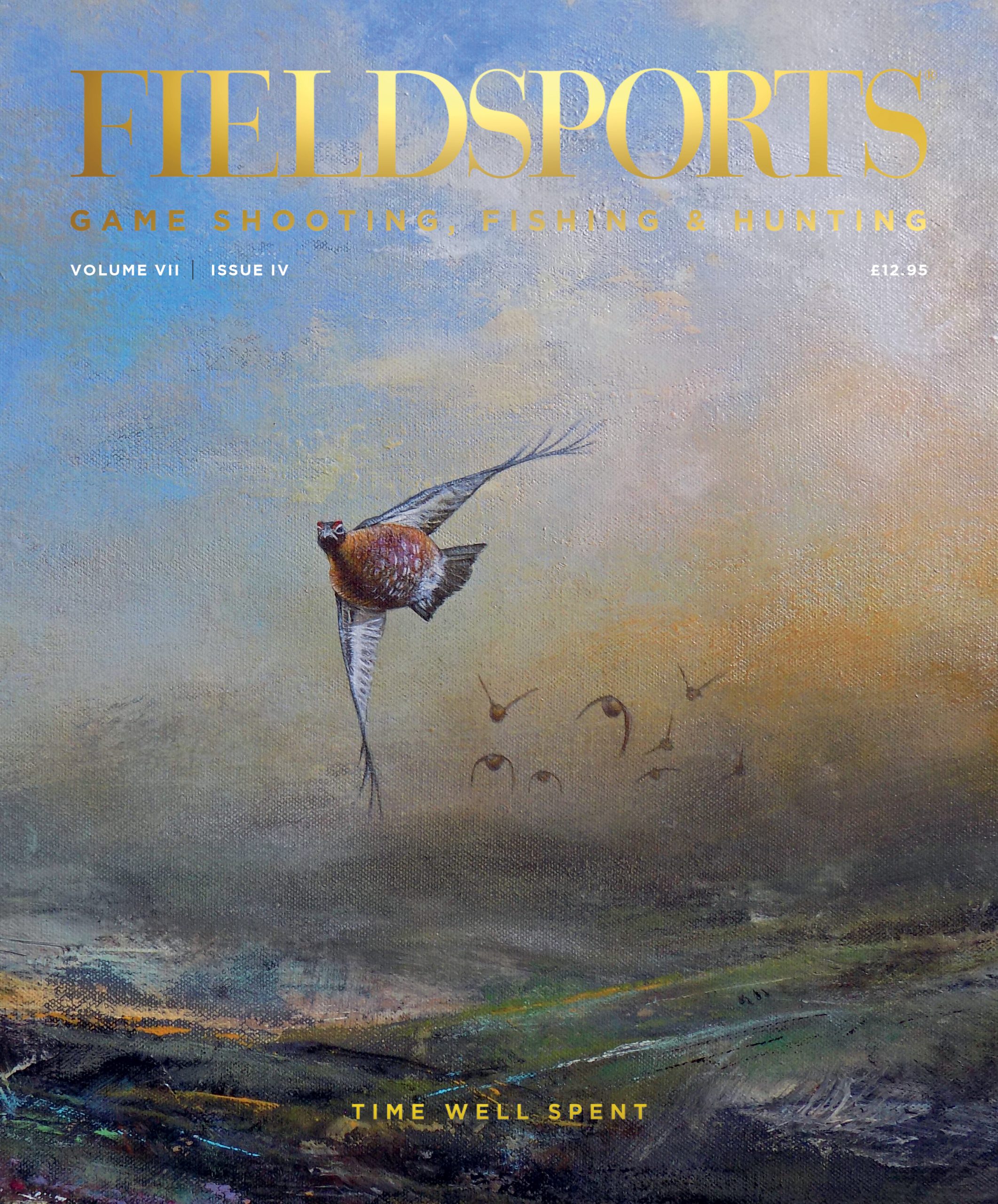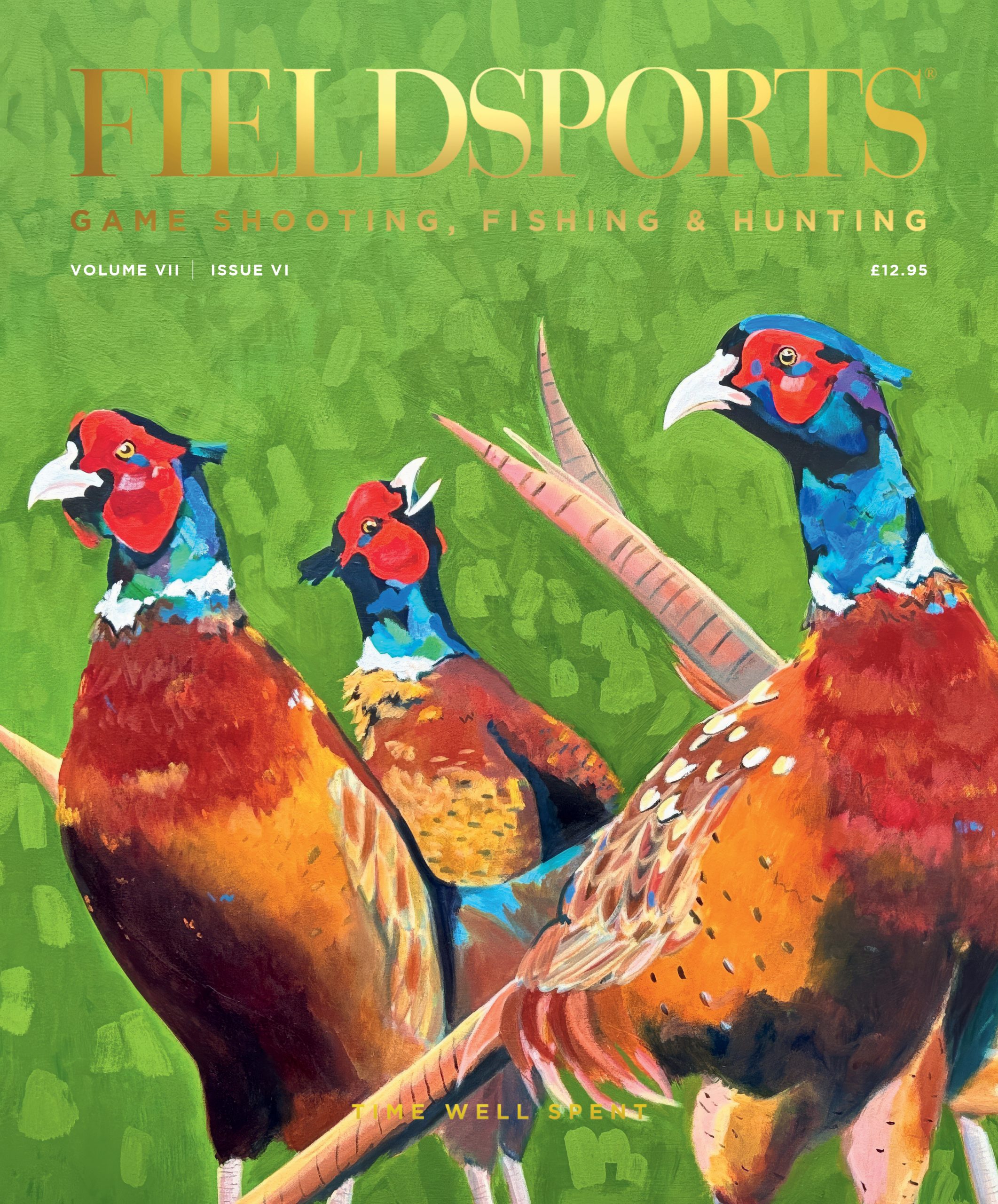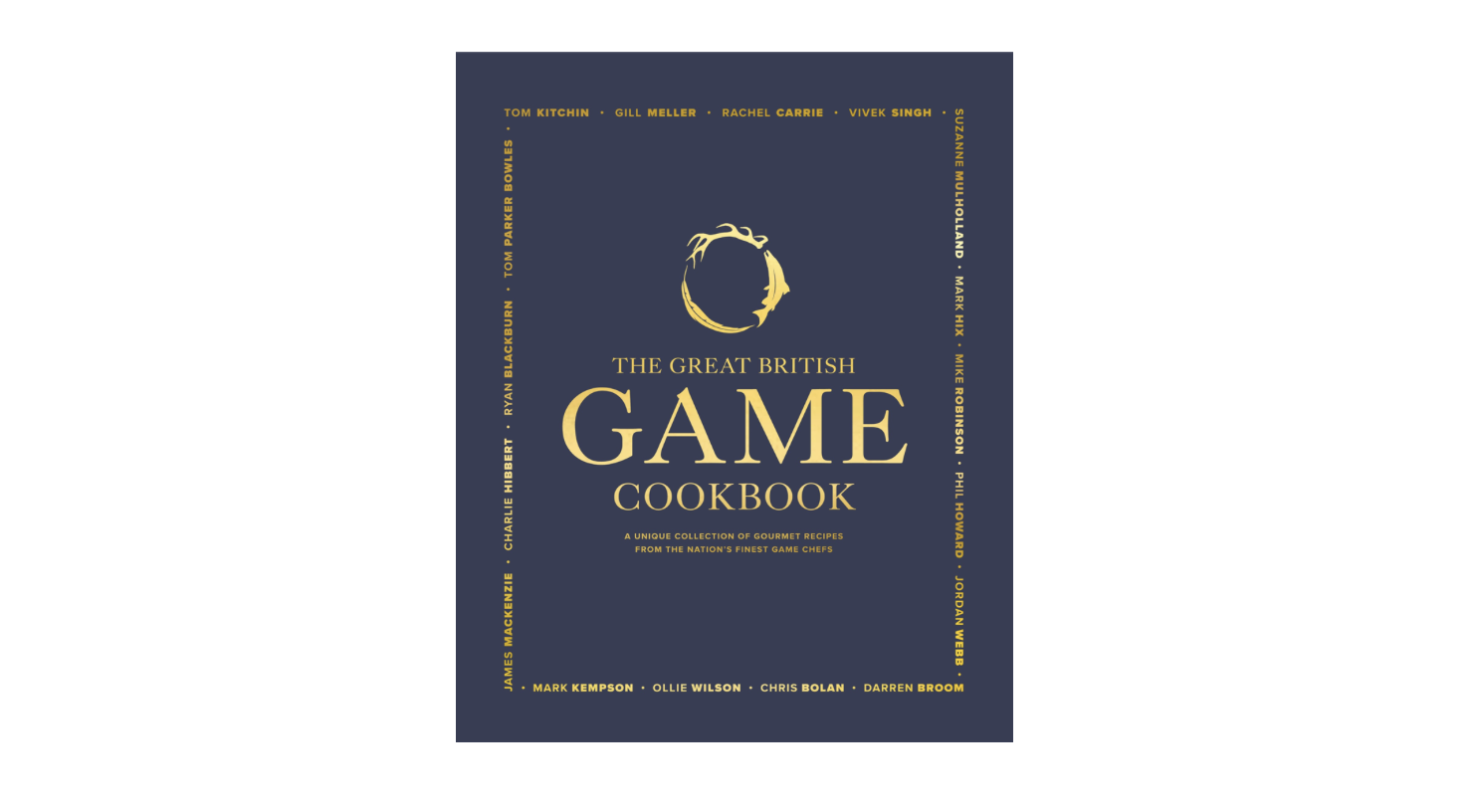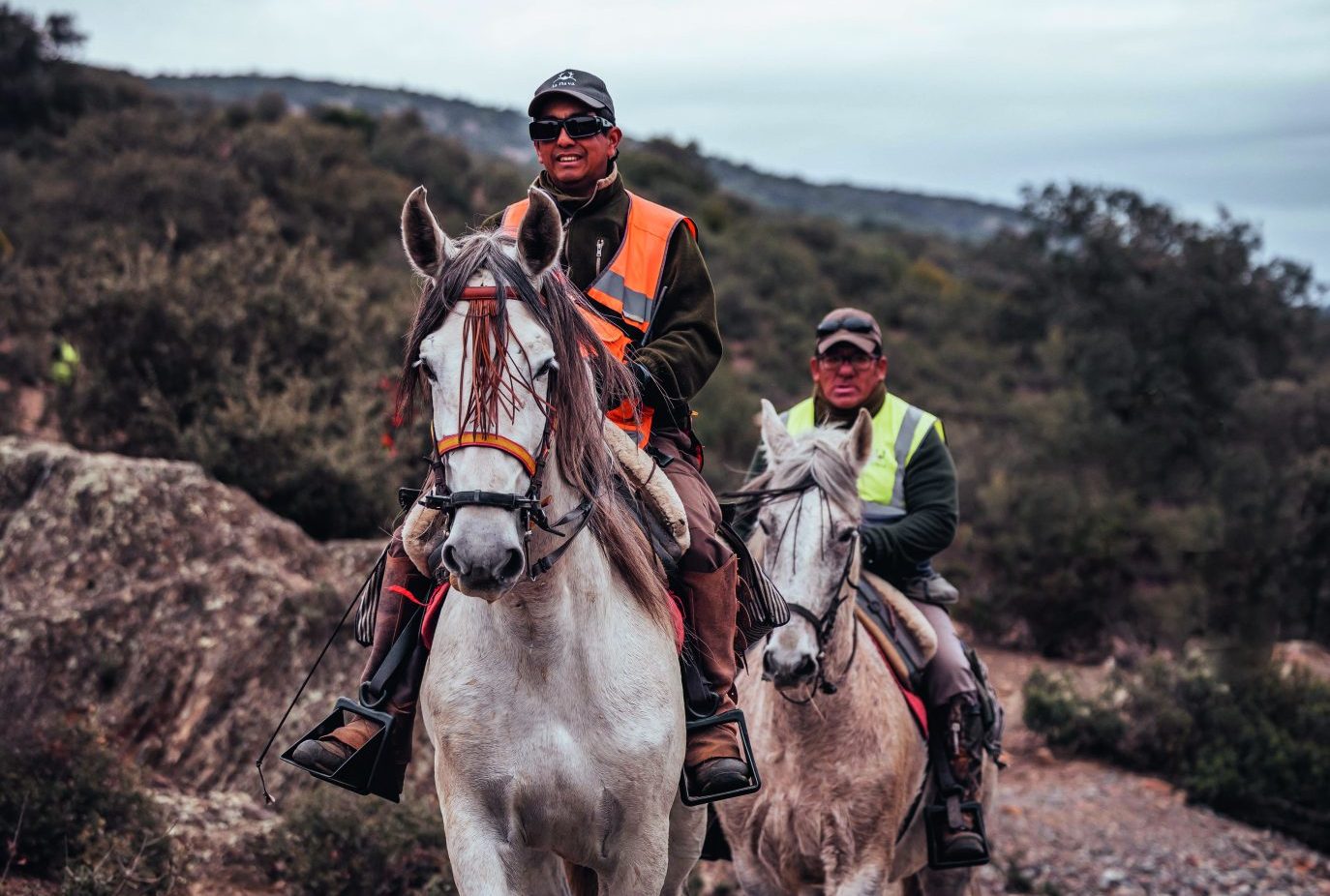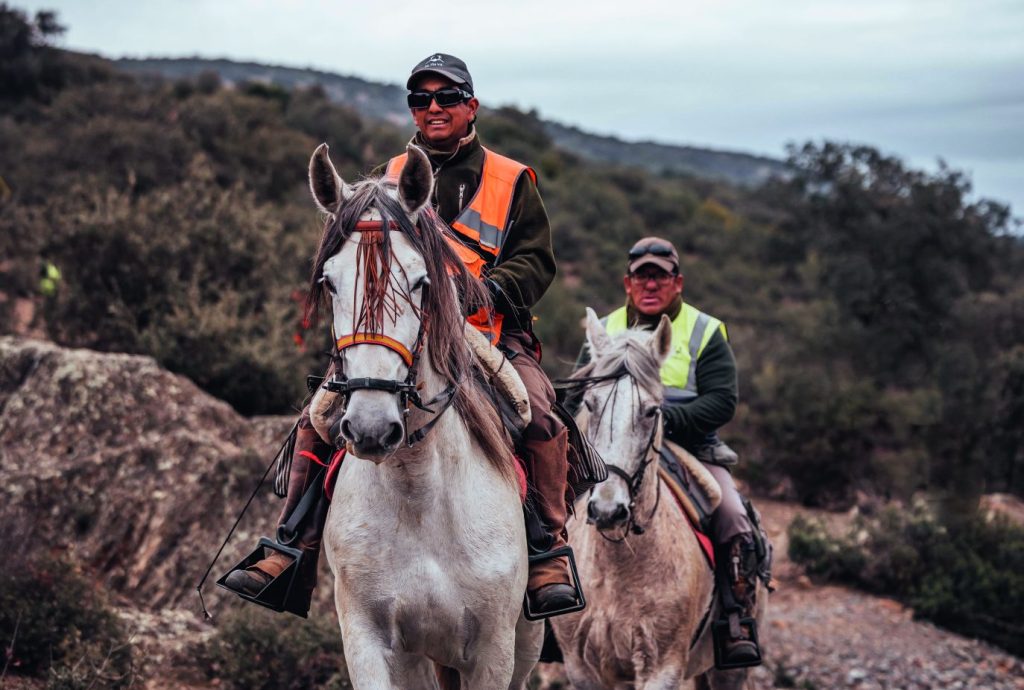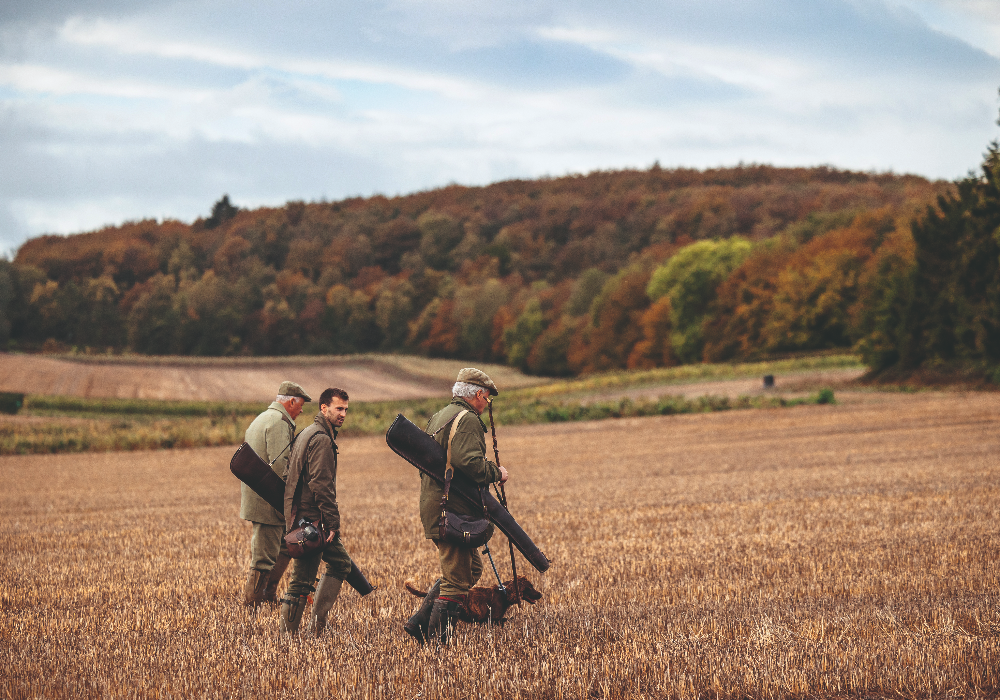Howden Moor
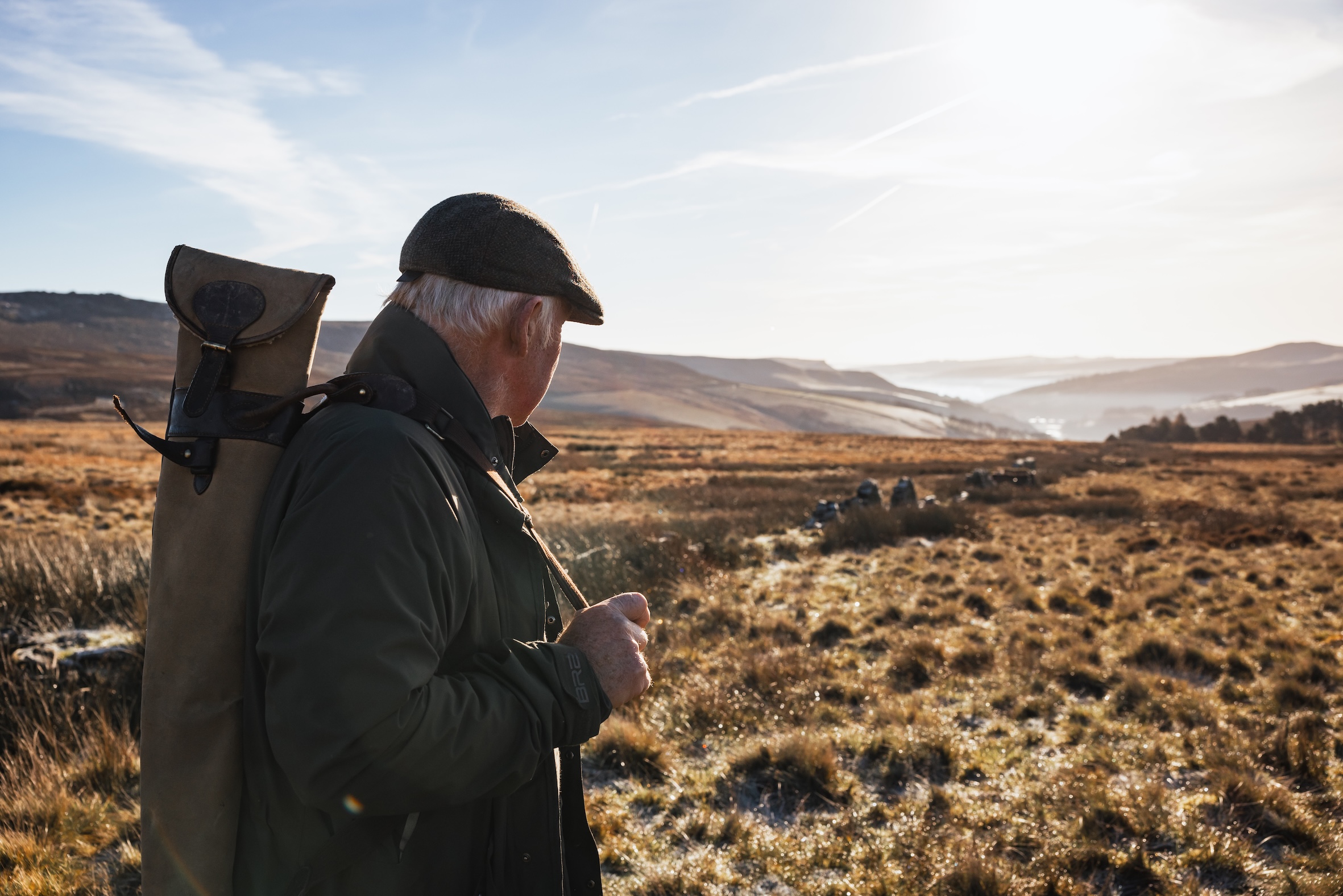
Twenty years ago, this celebrated 6,950-acre Peak District moor won Gold in the Purdey Awards for Game & Conservation. Today, following a decade of rewilding, Howden Moor offers a very different view.
I met agronomist and former sporting tenant Geoff Eyre to explore what’s been lost – and what might still be saved.
A Time of Anticipation
As the Glorious Twelfth approaches, keepers count grouse, estate managers finalise logistics, and Guns inspect their kit. I too was preparing – not for shooting, but photography- ahead of a trip to the North York Moors.
It’s the most exciting time of year. There is no finer setting than a grouse moor in bloom, cackling with life.
Last season brought several highlights. I witnessed:
-
The first driven grouse day in over 60 years on one estate
-
A record pheasant and partridge bag in Northumberland
-
And the final grouse ever shot on Howden Moor
The Rise and Fall of a Great Moor
Geoff Eyre, 76, is a semi-retired agronomist and passionate moorland conservationist. He guided me across Howden to reflect on what once was. “This used to be a paradise for wildlife… white hares, nesting waders, and hen harriers,” Geoff told me.
In the late 1800s, annual bags regularly topped 1,000 brace. Geoff’s family took on the lease in the 1950s under the National Trust. He later formed three syndicates to fund keepers and invested decades into restoration.
By 2005, he had:
-
Restored 30+ miles of bare peat
-
Re-seeded over 500 km² of heather (almost the area of the Isle of Man)
-
Attracted hen harriers back to the Peak District after 140 years
In recognition, Geoff received the Purdey Gold Award for Game & Conservation.
A Changing Approach
In 2013, the National Trust changed the lease terms. Predator control was banned. Burning stopped. Instead, rewilding, rewetting and sphagnum moss were prioritised. “At first, we were open to trialling it,” Geoff said. “But the results were catastrophic.”
Heather cutting replaced controlled burns, but without proper conditions, sphagnum dried out. The landscape transformed from rich habitat to tinderbox.
Geoff handed me a paper from his glovebox titled Molinia or Heath. The before-and-after photos showed what he had built – and what was now lost.
From Heather Paradise to Fire Hazard
In 2011, the spot we stood on was ankle-deep with purple heather, home to abundant grouse. Now it was waist-high scrub with birch and rhododendron. “This is no longer the rare moorland it should be,” Geoff said. “And the fire risk? Devastating.”
Applications to burn or cut are denied or heavily restricted. According to Geoff, this undermines biodiversity, stops new heather growth, and eliminates natural firebreaks.
One Last Walk
We set off on foot, armed with an old side-by-side. Geoff warned me not to expect much. Yet not 100 yards in, two grouse flushed.
He connected with a right-and-left, much to the joy of his young springer. I missed both, struggled to reload, and soon found myself out of cartridges. “What, you didn’t bring a full box?” Geoff laughed.
At the top of the moor, we shared coffee and took in the snow-dusted hills. Geoff spoke quietly: “Sphagnum inoculation, rewetting, carbon capture… These are buzzwords that ignore practical knowledge and real outcomes.”
A Cautionary Tale
Geoff offered me his 20-bore over-and-under. On the next flush, I finally connected. “A brace each,” he said with a smile. We never saw another grouse.
Howden’s story is not just about grouse. It’s a warning for all who care about the British uplands. Management by spreadsheet and ideology has replaced boots-on-the-ground wisdom – at great cost.
As we head into a new season, Geoff’s parting words linger: “It needs to change. My only hope is that Howden becomes a model for what not to do – and a reason to start listening again.”
Related Articles
Get the latest news delivered direct to your door
Subscribe to Fieldsports Journal
Elevate your experience in the field with a subscription to Fieldsports Journal, the premium publication for passionate country sports enthusiasts. This bi-monthly journal delivers unparalleled coverage of game shooting, fishing and big game across the UK and beyond.
Each issue offers a stunning collection of in-depth features, expert opinions and world-class photography, all presented in a timeless yet contemporary design.
Save 10% on shop price when you subscribe, with a choice of packages that work for you. Choose from Print & Digital or Digital only with each journal delivered directly to your door or via the app every other month, plus access to past issues with the digital back issue library.
